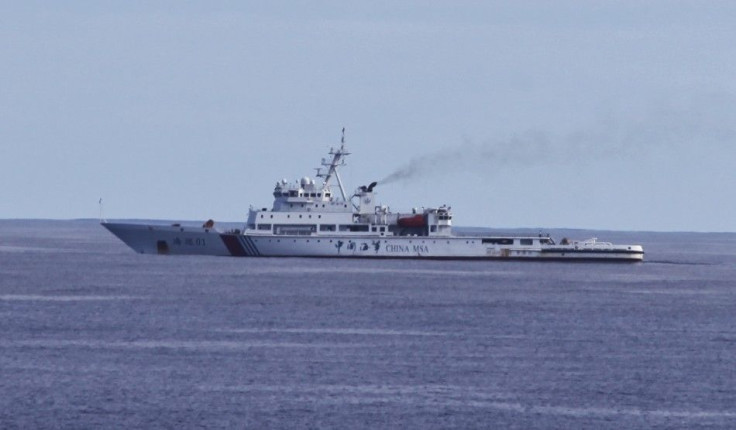South China Sea disputes: US challenges China by sending a destroyer

The United States decided to test China's claims over the South China Sea by sending a destroyer near one of its artificial islands. A defence official confirmed the ship's "transit" around 12 nautical miles from Subi Reef in the Spratly Islands on Tuesday.
The USS Lassen warship has been considered a potential challenge to China's territorial claims over the highly disputed region. The decision is in light of the rising tensions in the South-East Asian region and China setting up a chain of bases over the disputed territory.
Previously, China’s Foreign Ministry said that the country will "never allow any country to violate China’s territorial waters and airspace in the Spratly Islands, in the name of protecting freedom of navigation and overflight." China has been fighting for sovereignty calling the area as the "Nanyang" Sea.
The USS Lassen sailed without incident across the area. Information came from an official who was unauthorised to say anything about the ship's movement, according to USA Today. The Navy maintained that its South China Sea voyage operated based on the interest of the U.S. and in accordance to international law.
In the previous week, the U.S. was also involved in another show of force with the Japanese military. Dozens of warships from both countries conducted the widely known military exercise. Top Navy officials did express interest in sailing near China's islands in the past weeks based on international navigation rules.
Under international law, the Navy can sail near the disputed islands so long as it is within 12 miles under the rule of "innocent passage" and not under any military exercise. The decision was praised by a senior member of the House Armed Services Committee.
"The passage of U.S. vessels within 12 nautical miles of China's man-made features in the South China Sea is a necessary and overdue response to China's destabilising behaviour in the region," said Randy Forbes, chairman of the Seapower and Projection Forces subcommittee.
"International law is clear that China has no legitimate claim to sovereignty over these waters, and it is high time that this administration reaffirmed America's enduring commitment to freedom of navigation and the maintenance of peace and stability in the Asia-Pacific region," he added. The United States has not taken any sides on the matter or any country, according to an official.
Contact the writer at feedback@ibtimes.com.au, or let us know what you think below.





















